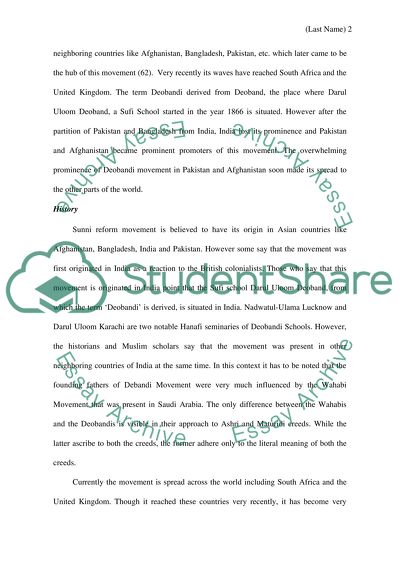Cite this document
(“Muslim World Essay Example | Topics and Well Written Essays - 2000 words”, n.d.)
Retrieved from https://studentshare.org/history/1480360-muslim-world
Retrieved from https://studentshare.org/history/1480360-muslim-world
(Muslim World Essay Example | Topics and Well Written Essays - 2000 Words)
https://studentshare.org/history/1480360-muslim-world.
https://studentshare.org/history/1480360-muslim-world.
“Muslim World Essay Example | Topics and Well Written Essays - 2000 Words”, n.d. https://studentshare.org/history/1480360-muslim-world.


